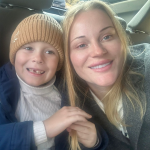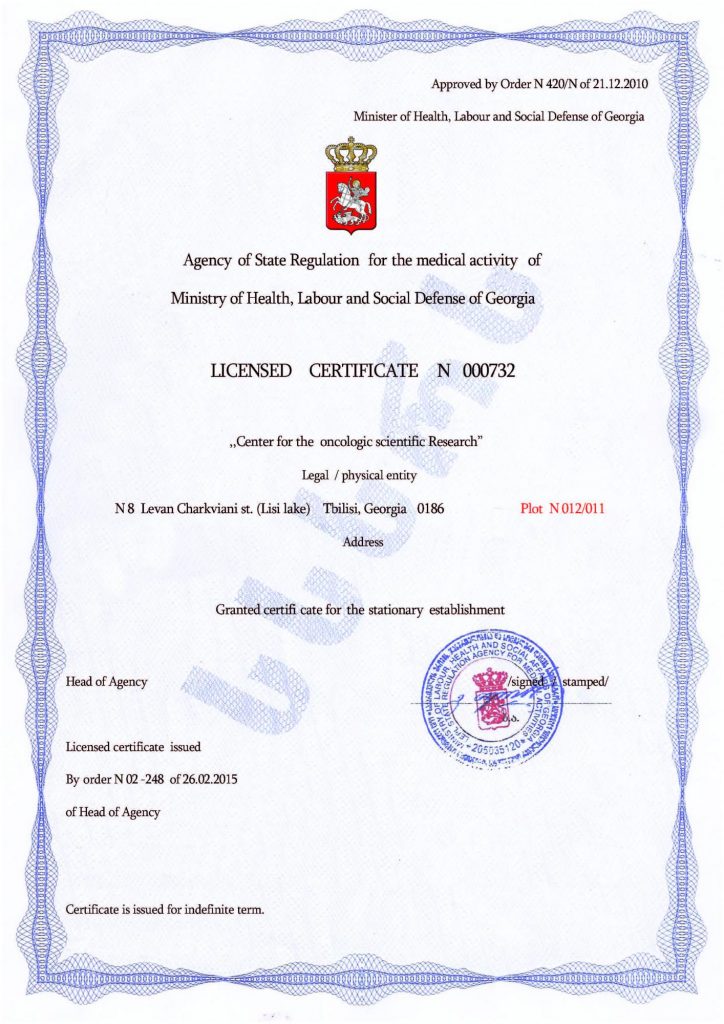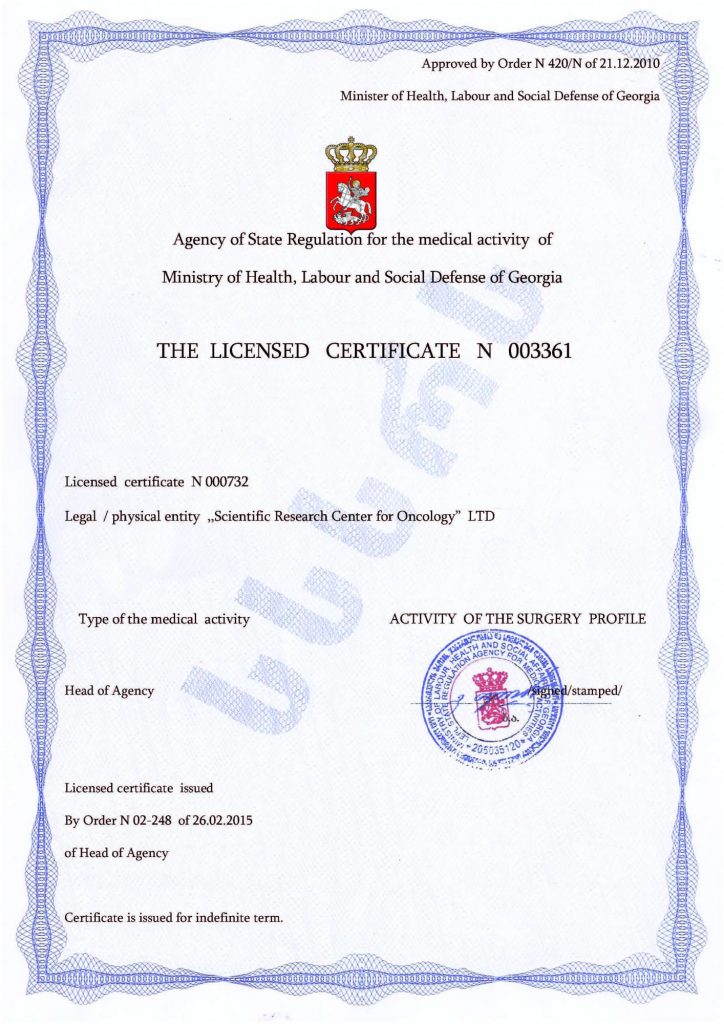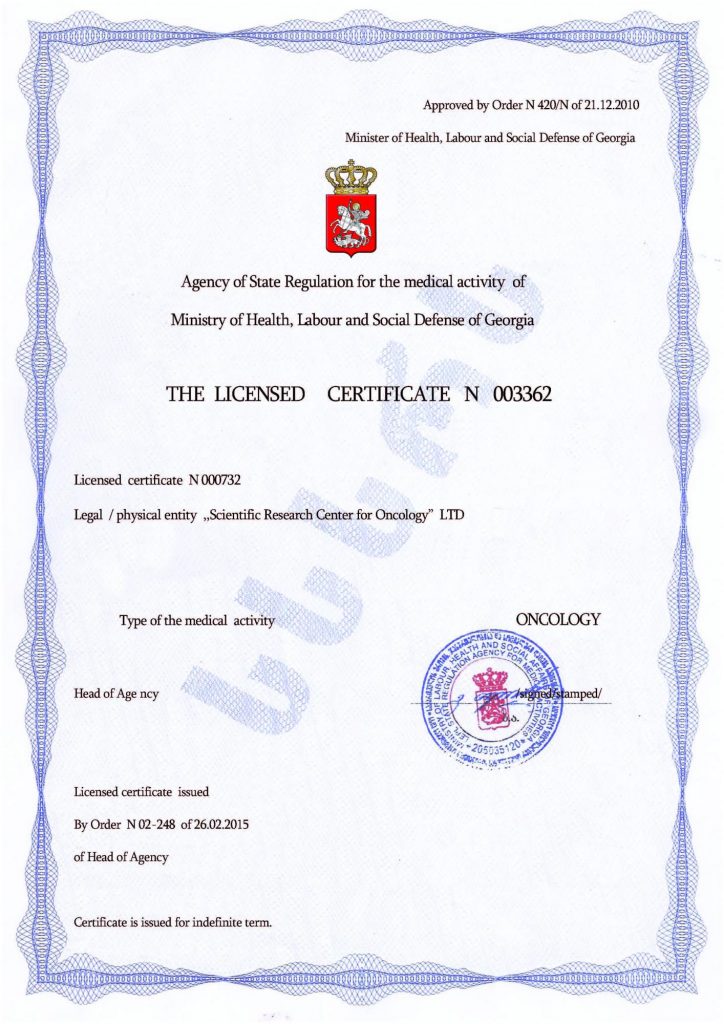How Autism Affects Hearing
Many neurodevelopmental disorders, including autism, do not directly damage the auditory organs. However, there is a real connection between autism and hearing, explained by a complex interaction of neurobiological, sensory, and structural factors.
- Disruption of Central Auditory Processing
Autistic individuals often show abnormalities in neural alpha rhythms in the auditory cortex. Normally, these rhythms decrease during sound processing, but in autism, they are weakly suppressed. This indicates a neural imbalance—specifically, heightened excitability and poor filtering of auditory information.
They may struggle to distinguish sounds, particularly when separating meaningful speech from background noise. This affects understanding of emotions, intonation, and rapid sequences of speech sounds (such as the difference between voiced and voiceless consonants). Between 40% and 60% of autistic individuals face this difficulty.
Processing delays also extend the time needed to interpret sounds, which in noisy environments can lead to sensory overload.
- Peripheral Abnormalities of the Auditory System
Studies show that 50% of autistic children have structural abnormalities in the middle or inner ear—such as distortions in how the cochlea processes sound or unusual contractions in middle ear muscles. In contrast, only 15% of neurotypical peers show these issues.
There is also a higher incidence of asymmetrical hearing sensitivity. One ear may experience hyperacusis (oversensitivity to specific frequencies), while the other shows reduced sensitivity. This form of sensory imbalance is diagnosed in about 90% of autistic individuals.
- Biological Risk Factors
Perinatal complications such as premature birth, oxygen deprivation, and prenatal infections (like rubella or cytomegalovirus) increase the likelihood of both autism and hearing impairments.
In some genetic syndromes (such as Usher syndrome or Down syndrome), autism and deafness co-occur.
- Sensory Hypersensitivity and Functional Hearing Loss
Hyperacusis causes painful reactions to everyday sounds like ticking clocks or appliance hums. These discomforts lead to sound avoidance behaviors, which may mimic hearing loss.
In states of stress, some autistic individuals display “functional deafness,” where their brain temporarily disengages from processing speech even though physical hearing remains intact.
- Diagnostic Importance and Coexisting Conditions
Language deprivation in deaf children—those who haven’t learned sign or spoken language—can lead to symptoms resembling autism: delayed social interaction, avoidance of contact, and more.
During clinical evaluation, it’s essential to determine the root cause of behaviors. For instance, a lack of eye contact or ignoring speech may result from autism but could also mask actual hearing loss—and vice versa.
Hearing impairments in autism are rarely due to damage to the auditory organs alone. They usually stem from a combination of neurophysiological anomalies (like imbalanced neural excitation and inhibition), peripheral hearing issues, and sensory processing differences. Treatment strategies should include audiological diagnostics (like otoacoustic emissions and auditory brainstem responses), sound amplification tools, reducing background noise, and using visual or gesture-based communication. Early detection is critical for developing speech and supporting social integration.
Cellular Therapy: A Holistic Path to Sensory and Cognitive Recovery
Although autism and hearing loss are not directly linked through physical damage, addressing autism as a systemic disorder is crucial. A promising, safe, and effective method is innovative cellular therapy, which works by activating the body’s natural regenerative abilities.
The core of this approach involves minimally invasive transplantation of the patient’s own stem cells—primitive building blocks capable of transforming into any other cell type. These cells replace damaged ones with healthy versions. Because they come from the patient, immune rejection is avoided, and no medications are needed. Healing happens through stimulation of the body’s internal restorative mechanisms.
The result is normalization of brain and nervous system function, improved sensory processing, stabilized behavior, accelerated development, and significant reduction—or complete elimination—of autism symptoms. These changes appear soon after therapy and often last for many years or even a lifetime, increasing the success of complementary treatments.
Initially seen as experimental, stem cell therapy is now widely recognized and may become the main method for addressing autism and its associated conditions.
Currently, only top clinics worldwide offer this therapy. Among them is the Mardaleishvili Medical Center, equipped with advanced medical technology and staffed by experienced stem cell transplant specialists. The clinic delivers results that meet the highest global standards, while maintaining treatment costs lower than those in many developed countries. Additional advantages include a convenient location and support in arranging travel and accommodation for the short rehabilitation period.
Cellular therapy — a chance to perceive the world as it truly is!
Autism Treatment Center Videos
Autism treatment with own stem cells
Cord blood association congress
International Quality Crown
Autism Treatment Reviews
Autism treatment with own stem cells
The story of Alessandro (6 years old)
Autism Patient Testimonial - Stem Cell Treatment
Clients Testimonials

Review by Anastasia, mother of Yusup (8 years old) Read More
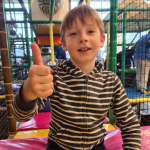
Feedback from Nathalie, mother of Andre (9 years old) Read More

Feedback from Yulia, mother of Emily (7 years old) Read More

Feedback by Everita, Katrina’s mother (5 years old) Read More

Feedback from Igor, David’s father (12 years old) Read More
